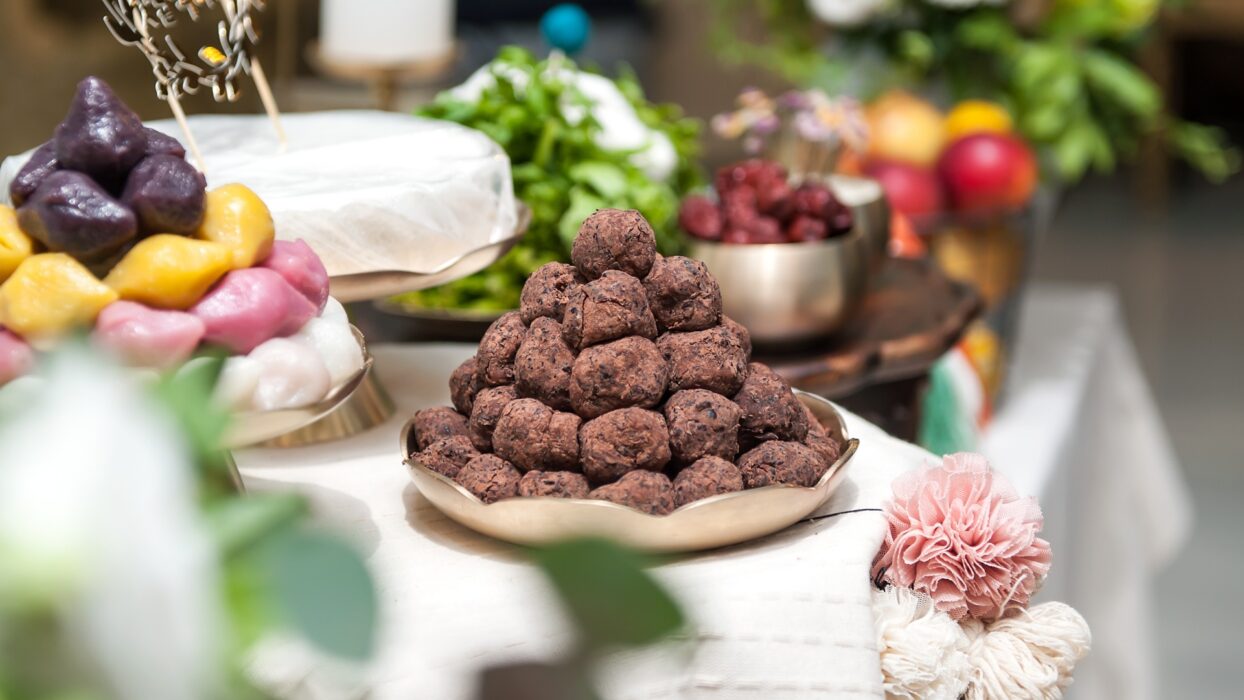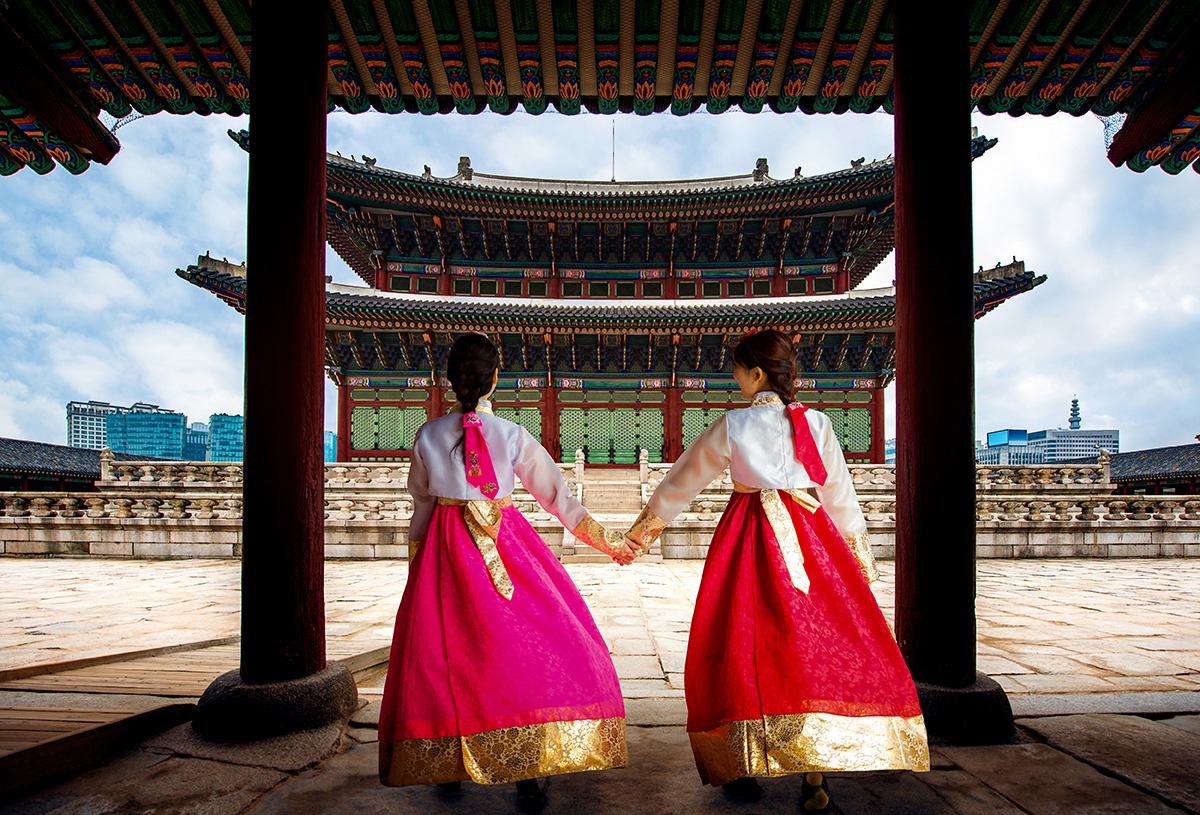Chuseok, also known as the Harvest Moon Festival, is one of South Korea’s most important and cherished holidays. Often compared to Thanksgiving, Chuseok is a time for families to come together, honor their ancestors, and celebrate the bountiful harvest. This comprehensive guide will help you dive deep into the heart of Chuseok, exploring its traditions, activities, and how you can experience this festival as a traveler.
The Significance of Chuseok
Chuseok falls on the 15th day of the 8th lunar month, aligning with the full moon. It is a celebration that has roots dating back over two thousand years, steeped in agriculture and family-centric traditions. The holiday marks a period of thanksgiving, where Koreans express gratitude for the good harvest and pay respects to their ancestors through various customs and rituals.
Historical Background
The origins of Chuseok are shrouded in folklore and history. One popular legend is the tale of Silla, where Chuseok originated during the reign of the third king. According to legend, the Silla Kingdom held weaving contests, and the losing team had to host a grand feast for the winners—marking the beginning of what we now know as Chuseok.
Another aspect that influenced Chuseok is shamanistic practices linked to the moon and harvest seasons. Over centuries, these customs evolved into a unified celebration that we witness today, blending historical traditions with modern festivities.
Chuseok Traditions and Customs
Charye: The Ancestral Ritual
One of the cornerstones of Chuseok is Charye, a ceremonial ritual performed to honor deceased ancestors. Families prepare an elaborate spread of food, including freshly harvested rice, fruit, and traditional dishes, which are ceremoniously presented to their ancestors in a gesture of gratitude.
During Charye, family members dress in Hanbok, traditional Korean attire, and gather in their ancestral homes or at the gravesites of their relatives. The observance of Charye is an emotional and unifying moment that emphasizes the importance of family and heritage in Korean culture.
Seongmyo and Beolcho: Visiting Ancestral Graves
Another important tradition is Seongmyo, where families visit the graves of their ancestors to clean and tidy the burial sites. This practice is accompanied by Beolcho, which involves the cutting of grass and clearing of weeds around the graves. These acts of care are seen as a way of showing respect and maintaining the connection with past generations.
Festive Foods of Chuseok
No celebration is complete without food, and Chuseok is no exception. The holiday is marked by an array of delicious and symbolic dishes that reflect the season’s bounty and the country’s culinary heritage.
Songpyeon: The Iconic Rice Cake
Perhaps the most iconic food associated with Chuseok is Songpyeon, crescent-shaped rice cakes filled with sweet or semi-sweet fillings like sesame seeds, chestnuts, red beans, or honey. Families often gather to make Songpyeon together, a process that not only involves culinary skills but also imparts cultural values and traditions to the younger generation.
The belief is that making beautifully shaped Songpyeon will bring good fortune and blessings. The crescent shape of the rice cake symbolizes the full harvest moon, signifying abundance and thankfulness for nature’s gifts.
Jeon and Japchae: Traditional Delicacies
Beyond Songpyeon, Chuseok tables are often laden with Jeon (Korean pancakes) and Japchae (stir-fried glass noodles with vegetables and meat). Jeon can be made with various ingredients like mung beans, zucchini, and seafood, symbolizing the diversity and abundance of the harvest. Japchae, on the other hand, is loved for its savory taste and represents prosperity and joy.
These dishes are meticulously prepared and often enjoyed during family gatherings, bringing everyone together over shared meals that celebrate the season’s harvest.
Unique Chuseok Activities
Hangawi: The Great Mid-Autumn Festival
Chuseok, also known as Hangawi, sees numerous activities and games that are unique to this festive period. One of the traditional games played during Chuseok is Yut Nori, a board game that involves sticks and strategy, often engaging the whole family in a fun and competitive spirit.
Other traditional folk games include Ganggangsullae, a circle dance performed by women under the full moon. This dance is a joyful expression of gratitude and community, often accompanied by singing and traditional music.
Traveling During Chuseok
Given that Chuseok is a major holiday, it triggers one of the largest domestic migrations in South Korea as people travel to their hometowns to spend time with family. This makes transportation hubs extremely busy, and it’s essential for travelers to plan ahead.
If you’re planning to visit South Korea during Chuseok, make sure to book your accommodations and transportation well in advance. This will ensure you have a comfortable and stress-free experience. Expect vibrant street markets, cultural performances, and an array of Chuseok-themed events in cities like Seoul and Busan.
Must-Visit Destinations During Chuseok
South Korea offers numerous destinations that provide a rich cultural experience during the Chuseok holiday. Here are some must-visit spots:
Seoul
Seoul, the bustling capital city, hosts numerous cultural events and traditional performances to celebrate Chuseok. Places like Gyeongbokgung Palace offer special programs where visitors can experience traditional Korean culture, such as wearing Hanbok, playing folk games, and sampling festive foods.
Additionally, the Namsangol Hanok Village features Chuseok events that include making Songpyeon, traditional cooking demonstrations, and folk music performances.
Busan
Busan, known for its beautiful beaches and bustling ports, transforms into a hub of Chuseok festivities. The city offers a perfect blend of traditional and contemporary celebrations, from ancestral rituals at Beomeosa Temple to Chuseok-themed beach festivals.
Exploring Jagalchi Fish Market during Chuseok is a sensory delight, offering a chance to sample fresh seafood and mingle with locals enjoying the holiday.
Andong
Andong is renowned for its preservation of Korean culture and traditions. The Andong Mask Dance Festival, which often coincides with Chuseok, is a spectacular event showcasing traditional mask dances and performances that offer a glimpse into Korea’s rich cultural heritage.
Visitors can also explore Hahoe Village, a UNESCO World Heritage site, to witness traditional Korean houses and participate in Chuseok-themed cultural activities.

























